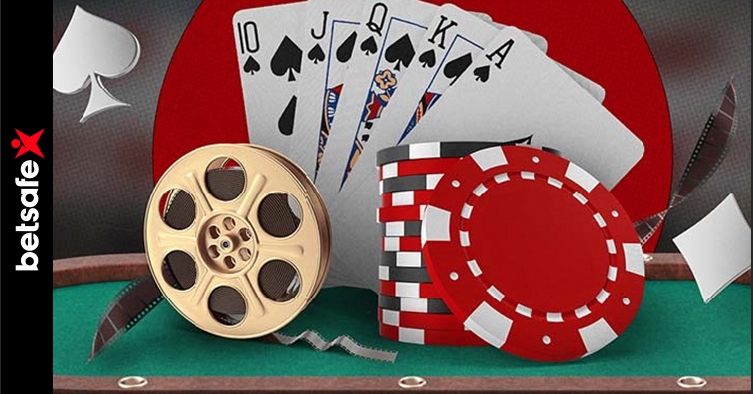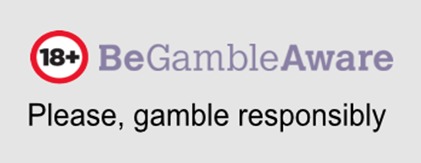
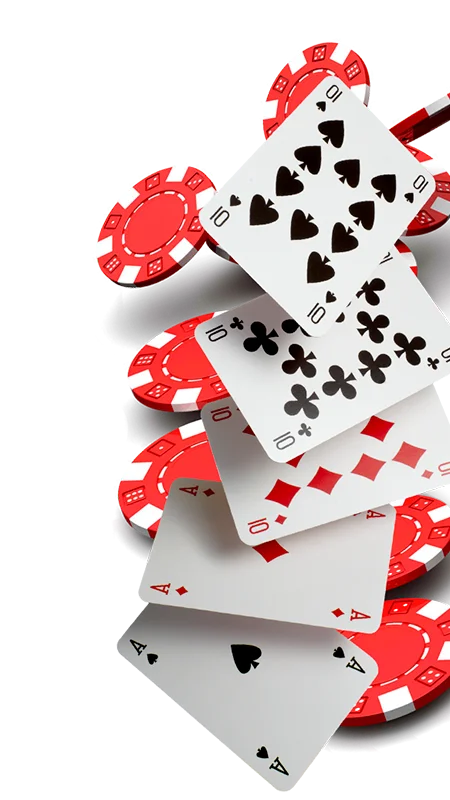
Flop in PLO poker Part I: concept and tips on how to play it right

Although Omaha poker has many followers around
the world, the Texas Hold'em variant is still the most played around the world.
But, attracted by its new concept and fresh approach, many Texas Hold'em
players who have already specialized to a certain level are looking to move up
to Omaha and play poker like they used to play Texas Hold'em. Spoiler alert:
this never ends well.
Making the leap from one variant to another carries an implicit lesson in humility: it doesn't matter how good you are at Texas Hold'em. If you don't put in the effort to learn, you're going to hit your face and start losing, so it's back to putting on your rookie pin.
What is the flop in poker?
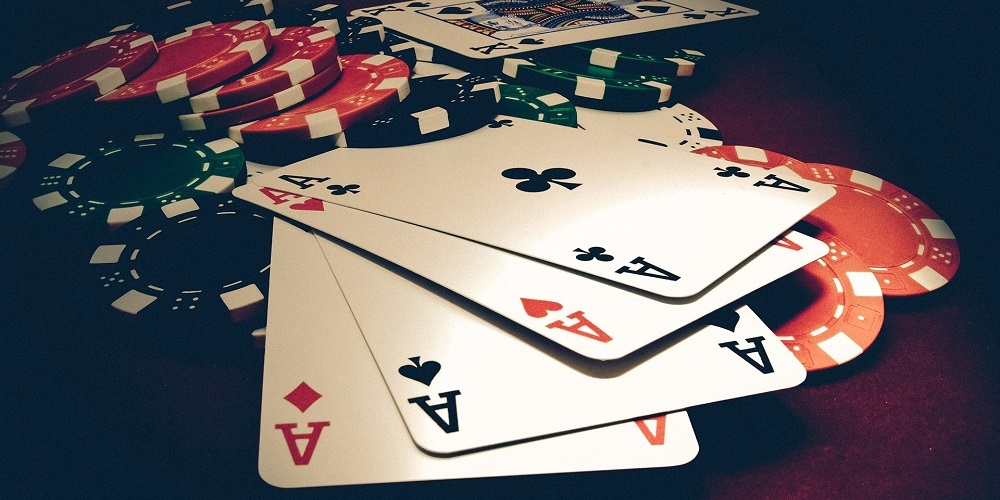
In any poker game, the flop has a special
meaning. It is the round that is played after the preflop (the first betting
round) and takes place before the turn, so it is tremendously strategic. The
flop in modalities such as Texas Hold'em has a very marked dynamic that can
only be learned with experience.
Omaha, a slightly different poker with
different key strategic points, the essence of the flop is the same, only that
strategy has to be reinvented to adapt to the dynamics of Omaha poker. That is
to say: it maintains the structure of preflop, flop, turn and river, only that
they are played differently.
To begin with, Pot Limit Omaha does not have a table of starting hands for the flop. We will tell you about it below.
Starting hands in Omaha: its differences with Texas Hold'em

In Pot Limit Omaha there are no starting hand
tables, something that usually shocks those who are used to playing Texas
Hold'em and have just landed in the PLO mode. Why is there no table? Because in
Pot Limit Omaha there are a total of 16,432 different starting hands, which
arise from the 270,725 possible hands. It is normal to open the debate of which
is the best starting hand, since here the preflop equity is not everything.
While in Texas Hold'em a starting hand with
aces will give you the victory more than 80% of the time and the equity does
not vary too much throughout the hand, in Pot Limit Omaha things go
differently: here there are many flops that make a strong hand, such as A♣ A♥K ♣K♦, stop being
strong and become worthless.
What does this mean? That knowing your equity and preflop playability here is critical. Knowing your approximate equity against your opponents' ranks on flops with different textures is also highly advisable. But in PLO this can only be done in one way: by analyzing your equities after each session and trying to establish patterns. Until you identify those patterns, it will be impossible to know what your equity is against your opponents' ranks on the flop.
PLO: Strategy on the flop
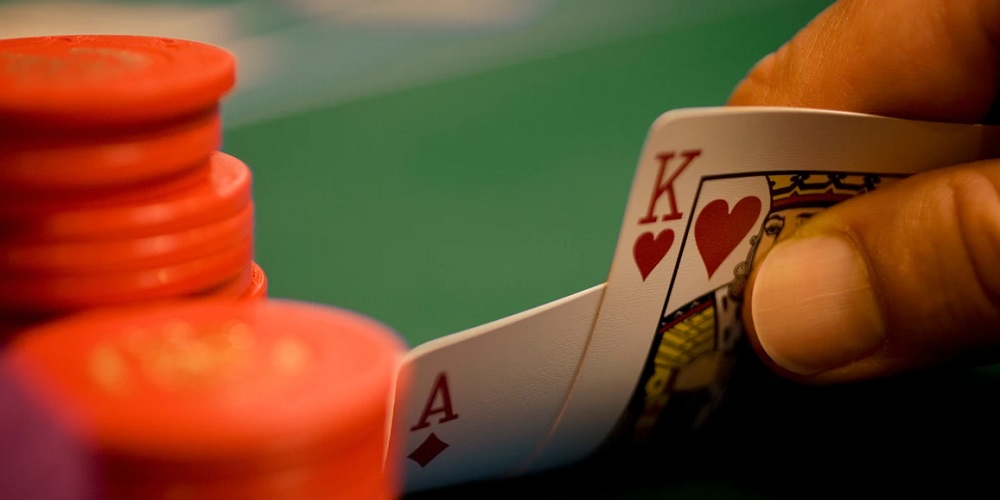
In the preflop, each player receives four cards
that only he sees. On the flop, 3 community cards are placed, with an
additional one on the turn and another one on the river. The premise is the
same, what changes is the way in which these cards are used.
As in Texas Hold'em, after each of the phases
there is a bet. Players can then bet, raise a previous bet or fold. In Pot
Limit Omaha, the maximum bet is determined by the size of the pot at the time.
The flop strategy in Omaha poker begins to take
shape here, and always bearing in mind that we cannot freely use community and
hole cards, as is allowed in Texas Hold'em. In PLO, the best hand must be
formed using only two of the four-hole cards, and only three of the community
cards. Any hand formed in violation of this requirement will be declared void.
Useful tips for playing
the flop in PLO

We already know what the flop is, all right.
But what about the "real fire"? How to play Pot Limit Omaha?
Pot Limit Omaha is an action-packed form of
poker. It requires caution and an important stack, since it is recommended to
have 30 times the amount of the buy-in to be able to play with a minimum of
tranquility.
The complexity of PLO is that often there are
complicated situations where making a good decision will not be easy, where the
key will be to choose the lesser evil so as not to compromise your continuity.
Having a good stack will allow you to avoid having to go all in all the time
and take unnecessary risks.
In the PLO it happens that, in general, almost
all the information that will be available at the end of the game is known.
That is to say, what you don't know on the flop you probably won't find out on
the turn or river. This changes the situation tremendously compared to Hold'em
games, so the flop can be said to be much more aggressive in Pot Limit Omaha.
On the flop is where one of the maxims of PLO
becomes true: it is possible to bet or raise with almost any hand, but to see a
bet you must have the best hand or know for sure that the opponent does not
have it, something somewhat difficult, but that can yield important
information.
Also, keep in mind that the very structure of
Pot Limit Omaha makes the flop not the best time to adopt a defensive tactic.
Protecting the temporary best hand is something common on the flop (in PLO it
is common that all players have the best hand at some point, something that
gives much dynamism to each round), so you have to identify sudden changes in
the style of play to try to extract more data about the game that is brewing in
the minds of our opponents.
In short, follow these tips:
·
Dispose
of up to 30 times the entry price to play calmly.
·
The
flop is aggressive: take advantage to extract all the information you can.
·
In
PLO, either you play aggressively or it is better not to play at all. If you
have the best hand, go for it; if not, fold.
·
The
strategy you follow on the flop should be carried through to the river. Being
consistent despite the presence of "distractors" is everything in
Omaha poker.
You may also like
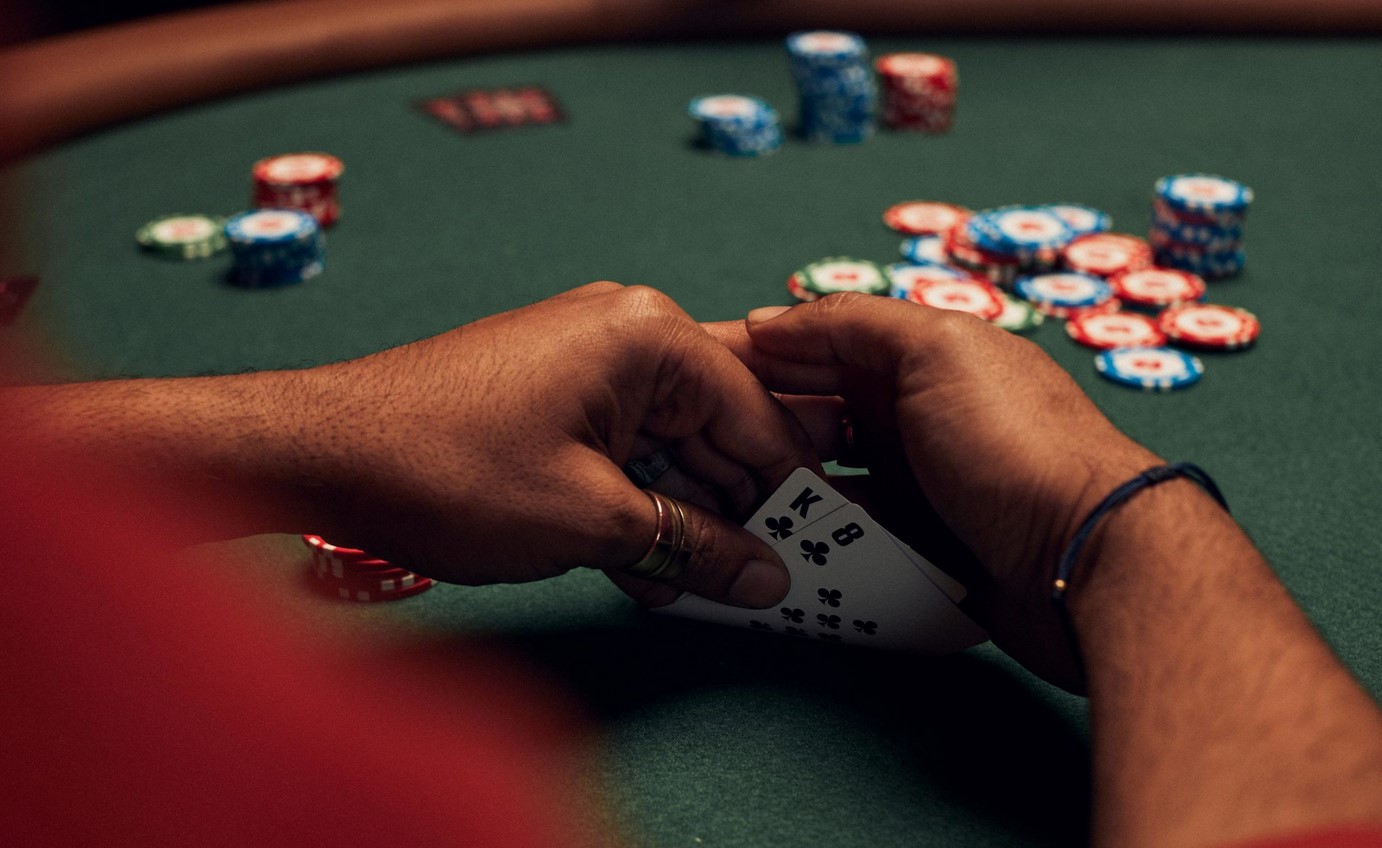
What is a Poker Bluff: meaning, tips and ways to bluff your opponents
Talking about bluff in poker is nothing more than talking about bluffing and this is something that is well known to everyone, we can even find the expression "poker face" that refers to it. In thi...
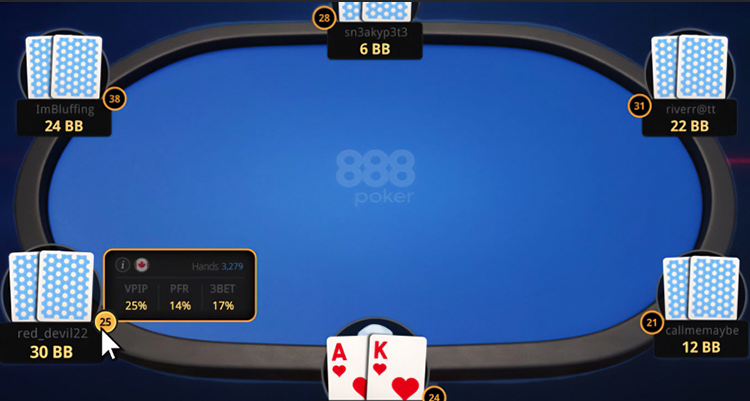
888Poker Launches Built-In HUD: Gain an Edge at the Tables
888Poker Launches Built-In HUD: Gain an Edge at the Tables888Poker Revolutionizes Online Poker with Built-In HUD888Poker is taking online poker to the next level with its built-in Heads-Up Display...

Poker glossary: learn the terminology of the pros
Poker, like any other professional game, has its own terminology and numerous technical terms to define certain aspects and moves of the game. It is important to handle them with ease, especially i...







